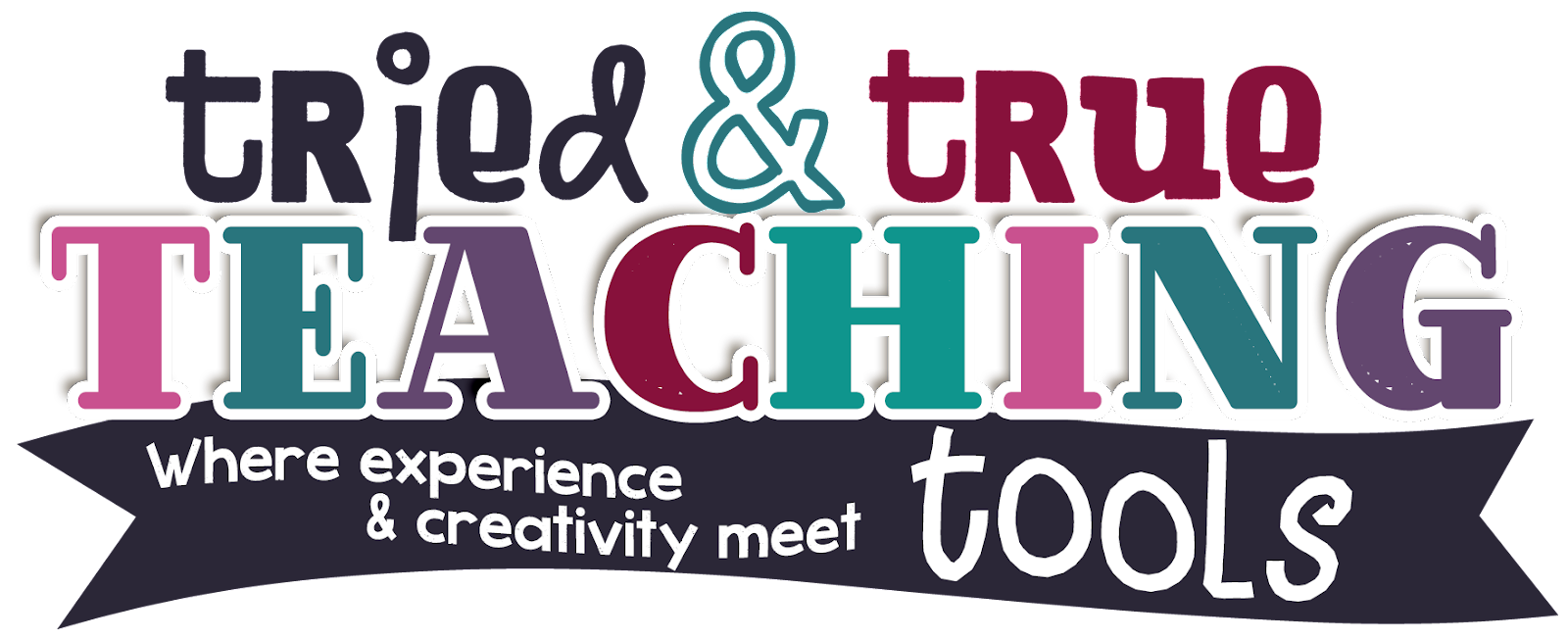Chapter 4 focuses on increasing comprehension by asking questions. In my own experience as a student, I was forced to memorize algorithms and formulas but I had no idea why or how they worked. I remember when my dad used to try to explain a math problem to me, I’d become frustrated, yelling & crying, “That’s not the way my teacher told me to do it!” It was not until I became a teacher and started researching, reading, and going to numerous math workshops and conferences, that I began to UNDERSTAND how math worked!! Now I value questions and exploratory methods for solving!
I love the idea of a Wonder Wall; a place for students to post wonderings/questions (& then the answers!) This year I plan to use Padlet, a free website that serves as a “wall” for students to respond to a topic or questions. It works like an online sheet of paper where people can put any content. Try it out by posting on my sample Padlet here.
Just as good readers visualize as they read, Chapter 5 connects the importance of visualizing mathematical ideas. Until students can see the concrete, it is difficult to understand the abstract. Students need multiple representations of math ideas. A popular tool usually used to practice spelling words are wiki stix. The are wax-coated bendable sticks of yarn. For spelling, students use them to form letters and words. For math, they are a great to form groups, build arrays, show fractions, bend into geometric shapes. . .
When I taught primary grades, my students LOVED to act out story problems!! As I would make up story problems (and later kids would make up problems), several students would act them out in front of the class (plenty of realia and manipulatives available!), while the rest of the class would write the equations on mini-chalkboards (this was many years ago!! Now we have white boards!!). After repeated practice, students would then write their own story problems and we’d create a class book. (Sneaky tip: before binding the book, the individual pages make a cute bulletin board display!!)
Another way to help students to visualize is to use Base 10 pieces: units (1), strips (10), and mats (10). We use these throughout the year, from place value to addition and subtraction, to multiplication arrays and models of division. Once students are familiar and comfortable with using the physical base 10 pieces, we move into diagramming them, and soon visualizing them.
As discussed in last week’s post, students are encouraged to share their various methods for solving a problem. We call it the (Child’s name)’s Method. They need to show and explain their method with pictures/diagrams, words, and numbers. Students LOVE to have their own method named after them!! Other students who want to “borrow” a method to solve a new problem may do so, as long as they cite whose method they used! Not only does this encourage a variety of problem solving strategies and various ways to visualize an answer, but eventually one student almost always comes up with the standard algorithm and the other students realize it IS a quicker way of solving. (But prior to exploring and experimenting with other ways to solve a problem, they don’t understand WHY the algorithm works.) Here are some 2nd grade methods for finding the difference between 72 and 55:
Today was our first day of school, so I’ll have to respond to Chapter 6 at another time!! What are some of your most effective strategies for getting your students to visualize math concepts? I’d love to hear from you!














No comments
Post a Comment